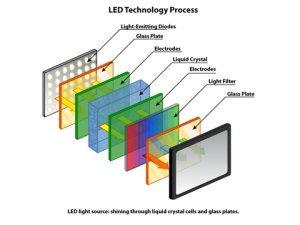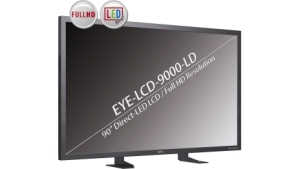With LED backlighting technology approaching the saturation point in the LCD display market, LED suppliers are turning their attention to the new growth opportunity in the fast-expanding lighting segment.

The proportion of LCD TV panels that use LEDs for backlighting is set to reach 90 percent in 2013, according to the new report entitled “Q3 2013 GaN LED Supply and Demand” from IHS. Of a total of 231 million LCD TV panels forecast to be shipped during 2013, 207 will use LED backlighting, with the remainder utilizing the older cold-cathode fluorescent lamp technology.
This marks the end of a boom time that started in 2009, when the LED penetration of the LCD TV panel market was only 3 percent before climbing rapidly to 24 percent in 2010, to 38 percent in 2011 and to 71 percent in 2012. By 2016, LED penetration will rise to 100 percent of the total LCD TV panel market.
Sharp Corp. of Japan is the only panel supplier with 100 percent of its LCD TV panel manufacturing using LED backlighting in 2013. South Korea’s Samsung and LG are not far behind, with the two companies set to attain more than 95 percent LED usage in their LCD TV panels by the end of this year.
Because there is little growth opportunity left in the LCD TV backlighting market, LED makers are redirecting their efforts to the lighting business.
“LED suppliers that are focused on lighting are predicted to gain market share,” said Jamie Fox, principal analyst for LEDs at IHS. “Some of the companies that have a large market share in LED backlighting, such as Seoul Semiconductor and Samsung, have already managed to shift much of their business to lighting and have done very well in this area, winning market share in recent years.”
By the end of 2015, monitors are predicted to join the applications in reaching 100% LED usage.
The combined market for LED backlighting in all these applications has already gone into decline—even before 100 percent penetration has been reached.
This is driven by a number of factors. One is the reduction in the number of LEDs needed per panel. Another reason shipments are slowing is the increasing usage of organic light-emitting diode (OLED) displays, which do not require LED backlighting.
Meanwhile, prices are declining for LEDs, impacting revenue growth in backlighting applications.








